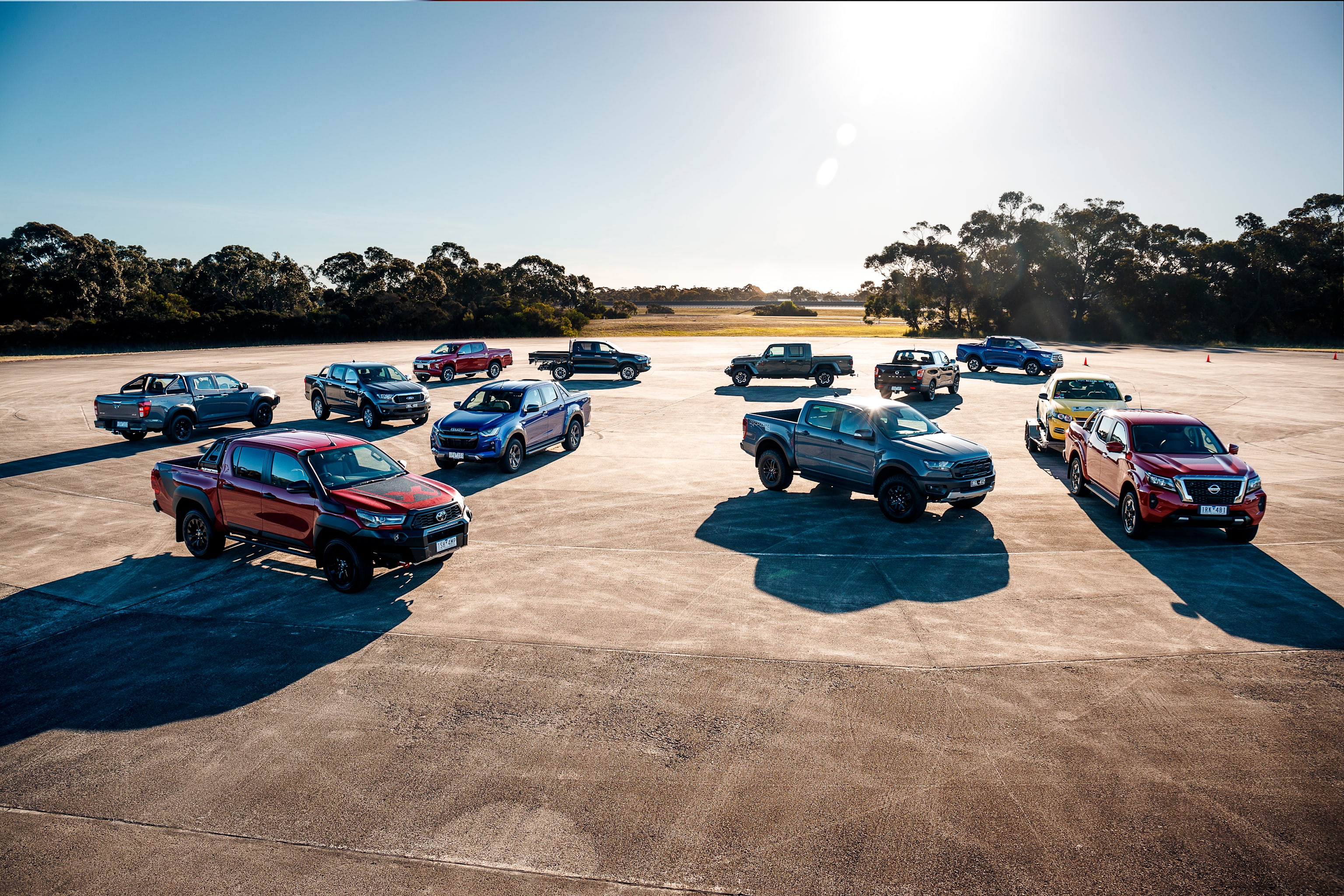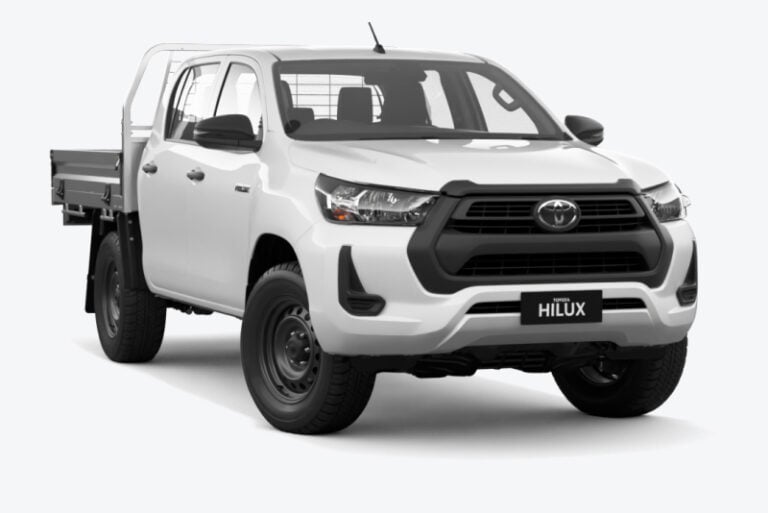Glebe, where I live in Sydney’s Inner West, is not the Outback. The challenges involved in negotiating between the terraces on Glebe’s narrow streets could not be further from the abilities demanded in off-road driving. Yet, a couple of weeks ago, two neighbours choose to buy new dual cab 4×4 utes. Independently, both decided on BT-50 Mazdas.
I’ll admit to utter confusion by their decisions. In a market in which the two best sellers are the Toyota Hilux and Ford Ranger, I guess I should not be surprised. Horrified is more accurate. One of the 2.2-tonne, 5470mm-long BT-50s replaces a Honda Odyssey MPV, the other a Subaru Liberty wagon.
Don’t think I’m arguing against dual-cab utes. For working tradies, they are the rational choice. But as replacement for family cars that perform duties on the school run or to the local shopping centre? I think not. I’m offended by their urban-assault-vehicle, Tonka-toy appearance and suspect that in this class, the demand for a macho look is essential. One even wears a $1150 snorkel, as if river-crossing was an everyday occurrence in the suburbs. I doubt either will ever see serious off-roading.
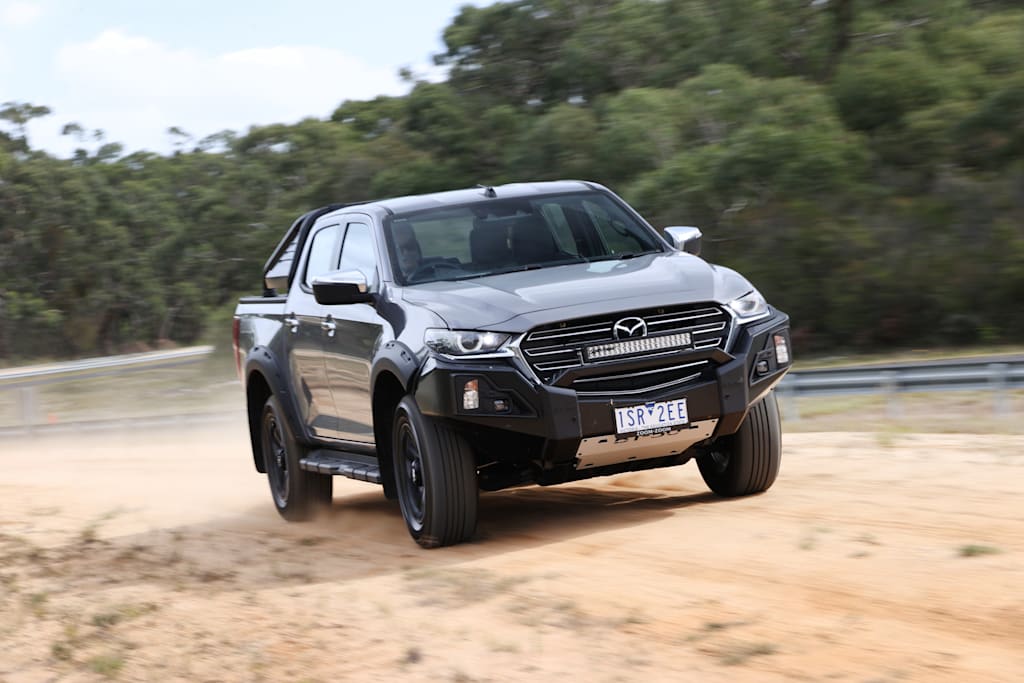
So, why do families buy trucks that use more fuel (8.0L/100km combined average), are truly dirty (207g/km CO2 combined), dynamically vastly inferior, take far longer to stop and are less refined and comfortable – try the back seat for a couple of hours to understand pain – than any contemporary, five-seat passenger cars?
Yes, you can claim a tax a write-off of the running costs on a novated lease. How many corporate-career executives leave the dual-cab ute at home for their partner, while they take the bus? Or they can claim a GST credit of up to $5521 (on a sliding scale for a ute costing up to a $60,733), provided the truck is used for ‘business’ purposes. Can you imagine anyone scamming this scheme? Yes, so can I.
Beyond the financial aspects, it’s obvious that for many Australians, dual cab utes are now trendy, even aspirational, just as their prices continue soar. Add a few options and it’s all-too easy to spend $90K on a dual-cab truck.
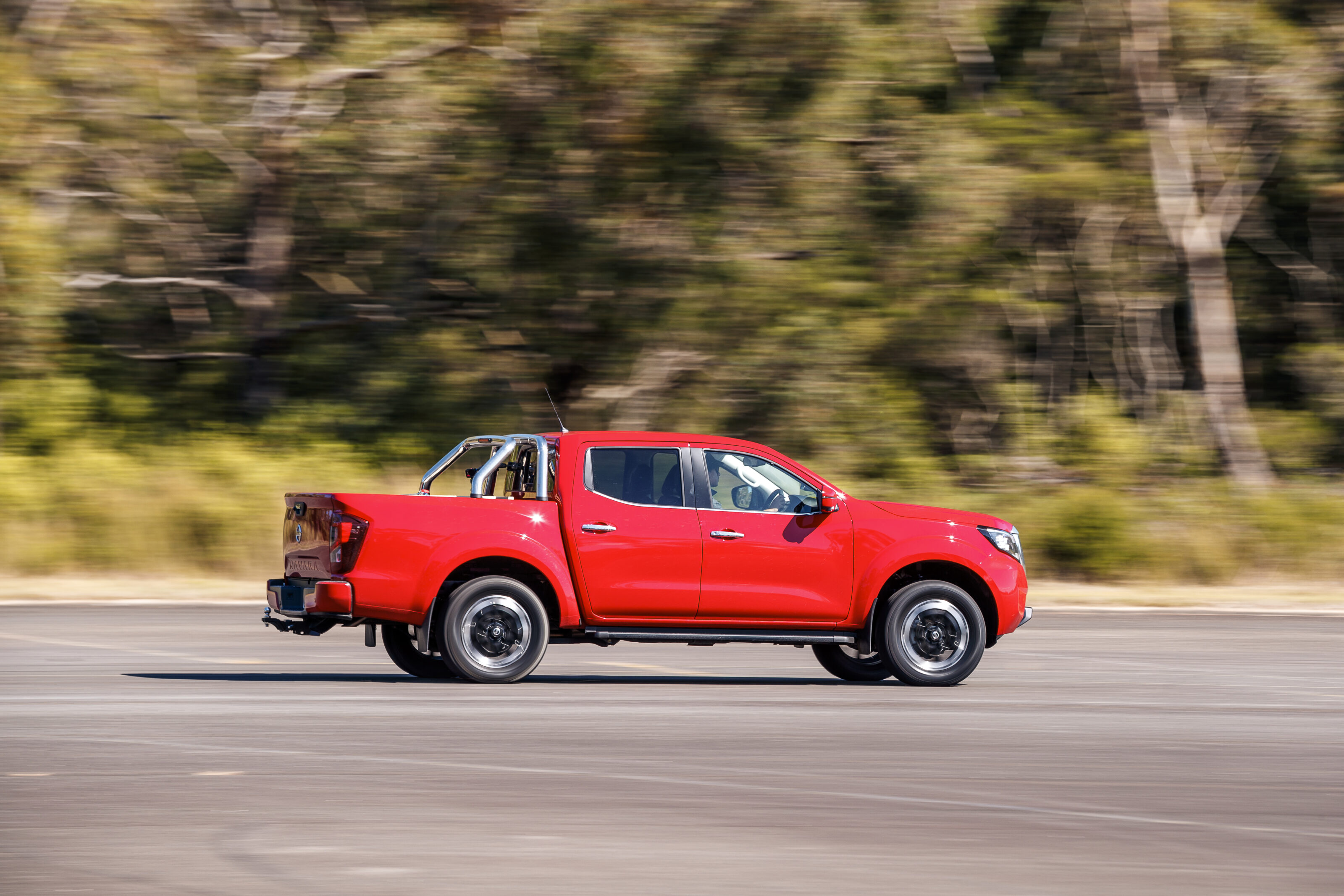
Could one ramification of the end of the local car industry suggest Australians are moving towards more American-style vehicles, rather than European or Asian models, as must-have vehicles? The truck makers must love it, for models like the Ford F-150 in the USA and the Ranger in Australia are bank-rolling their balance sheets.
How much is Ford pocketing on each locally developed, Thai-built Ranger – still the best ute dynamically – that’s now a decade old, when the average transaction price is close to $60K? If the Ford bean-counters told me it was around $10K – and it could be much more – I would not be surprised.
Now, given the inexorable market trend, the question is: which car maker will be first to market with a smaller – say 4.8-5.0m long – monocoque ute, when today’s oversized dual cabs are all ancient body-on-frame trucks? I’m betting the Koreans. Hyundai already has the Santa Cruz, but it’s left-hand drive, and the only rival for Ford’s similar (but also LHD) Maverick.
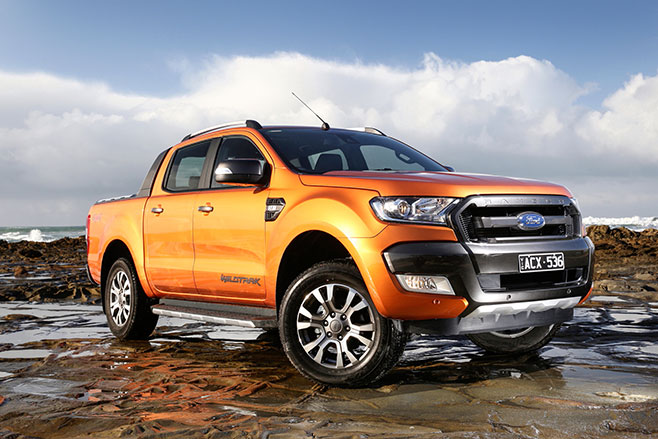
Longer term, the truck makers must be concerned by the increasingly stringent emission standards being applied by countries and individual cities across the world, many with a starting date of 2030.
From last year, European light-commercials (mostly vans) needed to meet 147g/km. In 2021, none of the dual-cab utes on sale in Australia go close.
If Australia follows suit – and global pressure makes it inevitable – regulations could force a massive shift in buying habits. Anything so that I won’t be forced to see trucks every time I open the front door.

